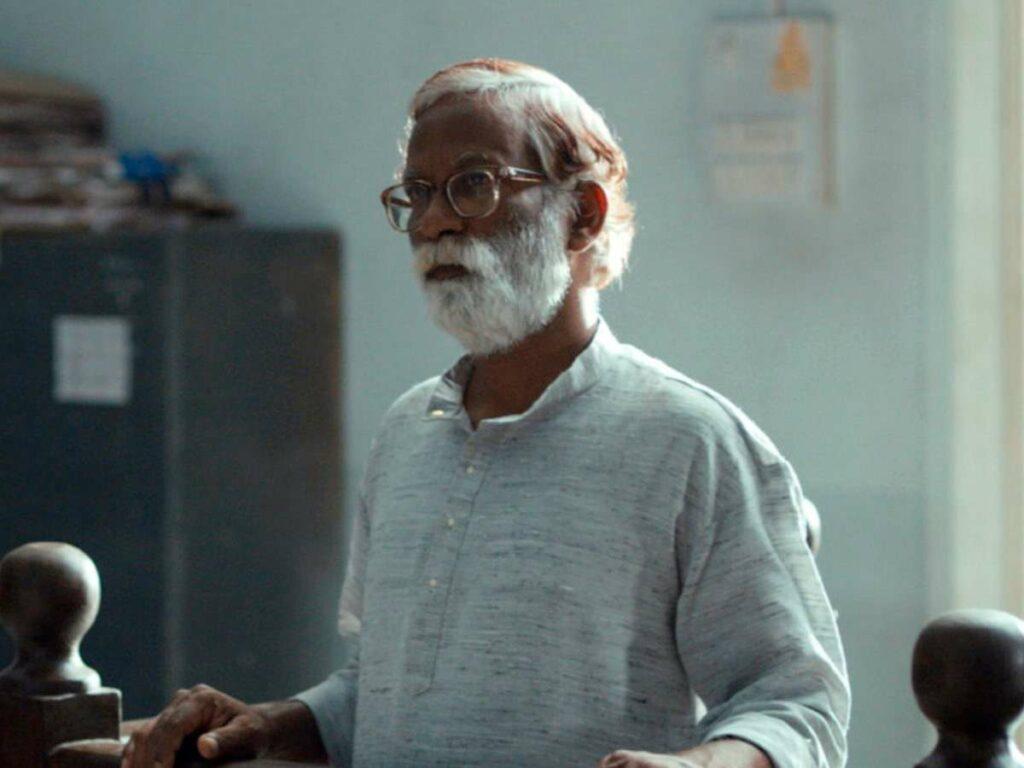(This article was updated on January 24, 2024) From The Disciple to Killa, here are some of the finest gems from Marathi cinema streaming on Netflix, Apple TV and Zee5.
Marathi cinema, distinguished for its realistic storytelling and exceptional performances, has long been a treasure trove of cultural narratives. The beauty of their films lies not just in their language but in their ability to capture the essence of human emotions and societal nuances in a way that transcends linguistic barriers. From heartwarming dramas to thought-provoking social commentaries, the range of genres and themes explored in Marathi films is vast and varied.
The early phase of Marathi cinema was characterized by mythological and historical dramas, which resonated with the audience’s cultural ethos. The stories, though traditional, were a mirror to the society’s values and beliefs. Post-independence, Marathi cinema entered a phase of experimentation, aligning with the nation’s newfound identity. The 1950s and 1960s witnessed a surge in social dramas and films focusing on contemporary issues. This period was also marked by the emergence of legendary figures like V. Shantaram, who pushed the boundaries of storytelling.
The industry somewhere in the late 20th century lost its hold, in the wake of commercialisation. The dawn of the 21st century, however, sparked a revival, with filmmakers exploring unconventional themes, blending craft with social relevance. Their willingness to tackle diverse themes set them apart. Films like Shwaas (2004) and Court (2014) are shining examples of how Marathi cinema delivered powerful messages with minimalistic yet effective storytelling.
Quickly then, here are some of the best Marathi films streaming on Netflix, Apple TV and Zee 5. For a complete list of the best films on Netflix, visit here.
Marathi Movies on Netflix, Apple TV, Zee5
The Disciple (2020, Netflix)

The Disciple narrates the tale of Sharad, a talented vocalist, and his battle to make it big in the world of Hindustani music. It’s a profound exploration of the complexities and sacrifices in the pursuit of artistic perfection. Chaitanya Tamhane’s direction is meticulous, capturing the nuanced world of Indian classical music with authenticity and respect. The film’s pace is deliberate, allowing the audience to immerse themselves in Sharad‘s introspective journey. The cinematography is particularly noteworthy, using long, still shots that add to the contemplative mood of the film. Aditya Modak, in the role of Sharad, delivers a compelling performance, effectively portraying the inner turmoil of a character caught between ambition and practicality.
What makes The Disciple exceptional is its unflinching honesty – it doesn’t romanticize the path of an artist; instead, it presents a realistic, sometimes sobering look at the dedication and often unseen sacrifices required.
Court (2014, Netflix)

Chaitanya Tamhane’s debut film is a courtroom drama that offers a compelling, stark portrayal of our legal system. It masterfully delves into the complexities and idiosyncrasies of the judicial process in India, skillfully juxtaposing dry courtroom procedures with the chaotic life outside. Court follows the trial of an aging folk singer, accused of abetting a manual scavenger’s suicide through his songs. Tamhane’s narrative is both minimalist and profound, avoiding melodrama to focus on the mundane realities of the legal process. The performances are understated yet powerful, lead actor Vira Sathidar in particular. Court isn’t just a film; it’s a commentary on the socio-political landscape of contemporary India, making it a must-watch for those interested in cinema that doubles as a tool for social critique.
Muramba (2017, Apple TV)

Varun Narvekar’s film is a delightful, comical take on modern relationships. The humor here isn’t over the top but comes from the interactions between the characters who’re separated by a generation’s worth of change in ideologies. Amey feels right at home playing a boy next door who’s afraid of stepping out of his little bubble. Mithila Palkar impresses despite her limited screen time. Sachin Khedekar and Chinmayee Sumeet who play the older couple are a treat to watch. Watch Muramba for its superlative performances and beautiful music.
Sairat (2016, Zee5)

Love stories are a celluloid staple for their popular, emotionally engaging appeal. Their trite portrayal may have stripped the genre of its inventive potential but once in a while comes along a filmmaker, resuscitating our fading hope. Nagraj Manjule takes an oft-seen premise of teenage love (an upper-caste, political leader’s daughter Archie and a fisherman’s son Parshya). The story trails the beginnings of first love, the escape, the hurdles, parental, societal pressures. But it’s the treatment where Sairat stands apart from conventional romantic films. It steers the romantic flights of fancy into a real, relatable terrain, that our films seldom explore. A progressive, realistically anchored film, Sairat thrives on its minimalist storytelling and raw, natural performances.
Winsome performances abound but Rinku Rajguru (Archie) and Akash Thosar (Parshya) are the heartbeat of the film. Sairat earnestly captures the innocence of first love. And Ajay-Atul’s sublime score, with a character of its own, aids the chemistry.
Killa (2015, Zee5)

Killa trails an 11-year old Chinmay (Archit Deodhar) who adapts to a new life, a new world after his father’s death. This nostalgic trip back to childhood is a delicate, refreshing and beautiful piece of cinema. Cinematographer Avinash Arun succeeds at telling a simple story with profundity in an astounding directorial debut. Few films stay with you long after you’ve finished watching them. This is one of them. Don’t miss it!
Harishchandrachi Factory (2009, Apple TV)

This film captures the journey of the making of the first Indian film (by Dadasaheb Phalke) in the early 20th century.
Dadasaheb Phalke is an eccentric but highly enterprising Marathi gentleman who falls in love with the art of moviemaking when he first sees moving pictures. In British-ruled India, where poverty was rampant, Dadasaheb, with meager wage, ventures with a dream to create an Indian film Raja Harishchandra.
The ridiculousness of the dream of a common Indian man is dealt with equal lack of seriousness. Absurd supporting characters abound, it deals with themes like superstition, societal pressure, inequality, regressive mindset about women in a way that never feels reductive or sermonising. The 1913 India is portrayed as it was — regressive, naïve, poor but human nonetheless.
The art and cinematography is commendable, given that it pulled off the period aspect on a shoestring budget.
Conclusion
Over to you, now! What did we miss? Let us know in the comments below and for the uninitiated, here are the best Marathi movies for beginners.
Additional writing by Shreyas D.S.





1 thought on “6 Great Marathi Films On Netflix, Zee 5 (Jan 2024)”